09 October 2015
•3 minute read
Six Steps of IVF from Conception to Completion
IVF treatment has helped thousands of couples worldwide overcome a wide variety of infertility diagnoses enabling them to realize their dreams of becoming parents. IVF helps infertile couples become pregnant by joining the egg and sperm together in an embryology laboratory where embryos are created that can later be transferred back into the woman’s uterus. Not many people know exactly how the process of IVF works.
STEP 1 – INITIAL CONSULTATION AND OVARIAN SUPPRESSION
Your Consultant will plan a treatment protocol suitable for you. This is the most important step of treatment as you will need to understand the complete treatment cycle including the treatment following embryos replacement.
You will be given medication to suppress your natural menstrual cycle, often in the form of a daily injection for around two weeks. These injections will stop your ovary from functioning as any hormones coming out from the ovary during treatment will ruin your IVF treatment process. As result of your ovarian suppression, you will have the symptoms similar to menopausal women such as mood swings, hot flushes and lethargic.
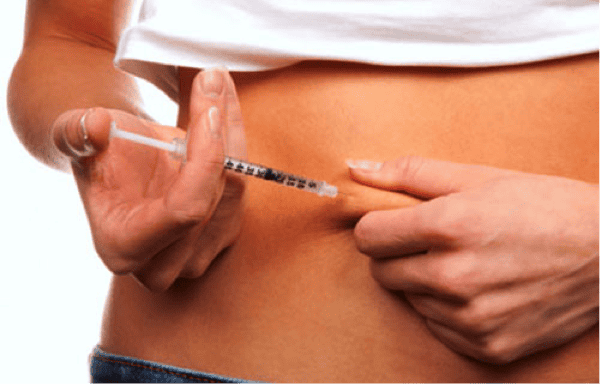
STEP 2 - OVARIAN STIMULATIONS
After 2 weeks of treatment to suppress your ovaries, a fertility hormone is given, again in the form of a daily injection for between 10 and 12 days. It increases the number of eggs you produced compared to naturally where there is only one egg. On average, between 5 to 10 eggs are produced from the treatment. Your doctor may cancel your treatment if you under response to treatment producing less than 3 eggs or over response to treatment producing lots of eggs causing a complication called ovarian hyperstimulation syndrome (OHSS).
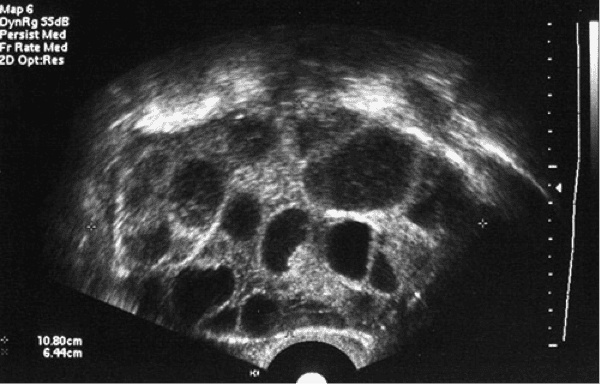
STEP 3 - THE TRIGGER SHOT
Your doctor will then monitor you to around 34 to 38 hours before your eggs are due to be collected. You will be given a final hormone injection that helps your eggs to mature. Your doctor will decide the timing of the trigger shot depending on the size and number of your follicles and the level of your estrogen in your blood.
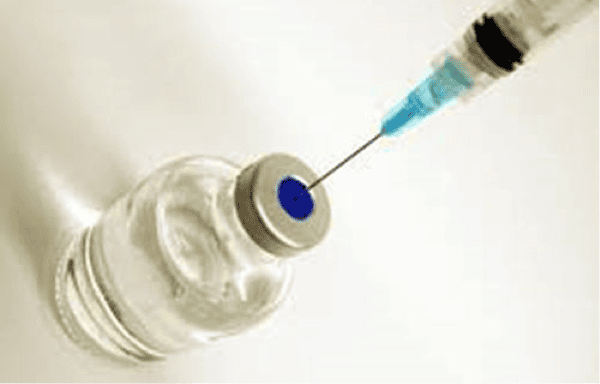
STEP 4 - EGG COLLECTION
For the egg collection you will be sedated and your eggs are collected using ultrasound as a guide.
A needle is inserted through the vagina and into each ovary. The eggs are then collected through the needle.
Sometimes you will need to undergo full sleep (general anaesthesia) to collect your eggs especially if the sedative method is difficult or you cannot cope with pain.
Your husband sperms are also collected at the same time as egg collection.
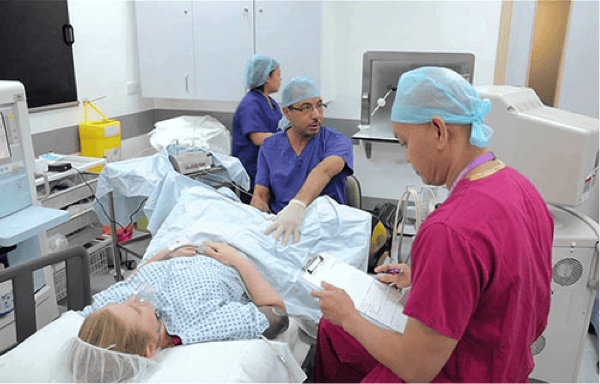
STEP 5 - EMBRYO DEVELOPMENT INSIDE THE LAB
The collected eggs are mixed with your husband/partner’s sperm and after 16 to 20 hours they are checked to see if any have been fertilized.
If the sperm are few or weak, each egg may need to be injected with individual sperm by a process called intracytoplasmic sperms injection (ICSI).
The fertilized eggs, embryos then continue to grow in the laboratory for one to five days before they are transferred back into the womb.
Once the woman’s eggs have been collected she is given medication, including progesterone, to help prepare the lining of the womb to receive an embryo.
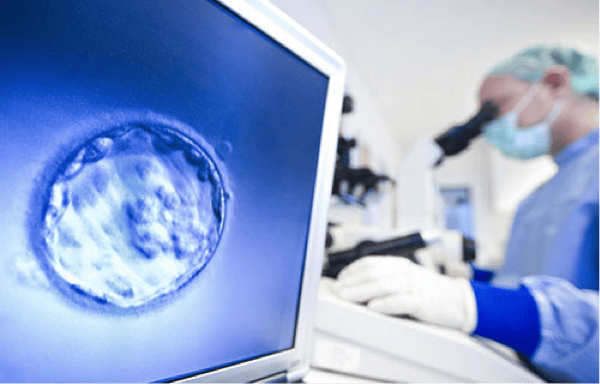
STEP 6 - EMBRYO REPLACEMENT
The embryos are transferred back into your womb. This method is usually pain free and you do not need any sedation. Your will need to discuss with your doctor on the number of embryos to be put into your womb. The more the number of embryos you put in, the higher is the risk of multiple pregnancies. Your doctor will usually limit to only 3 embryos and would advised you to freeze the surplus embryos if the qualities are good.

Following embryo replacement you will need to continue with some hormonal medications for further 14 days before you check your pregnancy test.
Most women will find this phase of treatment very stressful while waiting for the outcome. You are advised to drink lots of water and must be fully prepared with whatever the outcome of treatment.
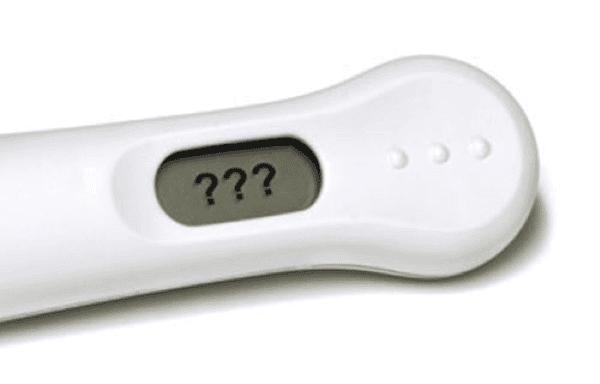
If your pregnancy test is positive, you will need to continue with your hormonal medications until your pregnancy is 12 weeks.
If your pregnancy test is negative, you will need to stop all medications. Usually you will need to rest for 3 months before starting with your next cycle. Your doctor will discussed with you what happened during your previous treatment and decide any changes with the protocol to help you have a better outcome with your subsequent treatment.
If you have your embryos frozen, you have the choice of either use your frozen embryos or to go through another fresh cycle.
Share:
Was this article helpful?
09 October 2015
•3 minute read
Six Steps of IVF from Conception to Completion
Articles and Video
Learn more about Obstetrics And Gynecology And Reproductive Medicine in Columbia Asia
Learn MoreShare:
Was this article helpful?
Health Packages
Elevate your health with tailored health packages at Columbia Asia Hospital. Take charge of your health journey today.

